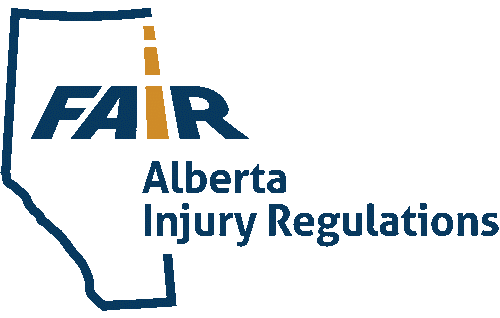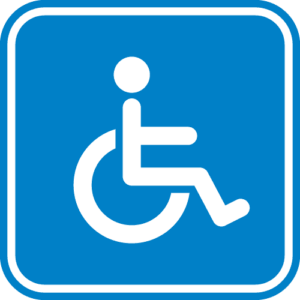TMD Is Not a Minor Injury Subject to the Minor Injury Regulation
A. The Injury is Not a Sprain, Strain, or WAD
90 Dr. Thomas concluded that Mr. Sparrowhawk’s jaw injury more likely than not involved damage to the TMJ’s cartilage. A cartilage was described by the experts as a kind of tissue found in joints that assists in the smooth movement of body parts through that joint’s axis or axes of rotation. As previously explained, I preferred Dr. Thomas’ evidence on the involvement of cartilage injury in Mr. Sparrowhawk’s jaw dysfunction.
91 The experts agreed that a cartilage is not a muscle, tendon, or ligament. Injury to the cartilage is therefore not a “sprain” or “strain”: MIR, s. 1, DTPR, s. 1.
92 Similarly, the experts agreed that TMD is not a facet of WAD; that point was conceded by the parties. Even if that point had been disputed I would conclude that the exclusion of “jaw pain” from WAD I and WAD II symptoms by DTPR, ss. 17(a)(vi)(E), 20(a)(vi)(E) meant that the WAD injuries do not include the jaw.
93 I also concluded that Mr. Sparrowhawk experienced a non-minor injury as the TMD caused anomalous wear and damage to his teeth. Dr. Thomas concluded, and I agree, that the bruxofacets visible on Mr. Sparrowhawk’s teeth are a direct consequence of his TMD injury. That injury caused anomalous jaw movement and grinding. Mr. Sparrowhawk’s pre-injury dental records show no signs of that kind of anomalous tooth wear.
94 As teeth are not muscle, tendon, or ligaments, I conclude the bruxofaceting is also not a “sprain” or “strain”, nor is it a WAD injury.
95 On these bases I conclude that Mr. Sparrowhawk’s jaw injuries are not minor injuries.
It is important to remember that the Minor Injury Regulation applies to “sprains, strains, and whiplash associated disorders to muscles, tendons, or ligaments.” This statement is the starting point for any analysis that your injuries are “capped.” Any other injuries are arguably not capped. Sometimes you may not recognize the full extent of your injuries. It is not unusual for a patient or client to present themselves to their doctors or their lawyer with injuries and symptoms that they do not understand or that their doctor won’t diagnose. A professional injury lawyer is very experienced in this area.








